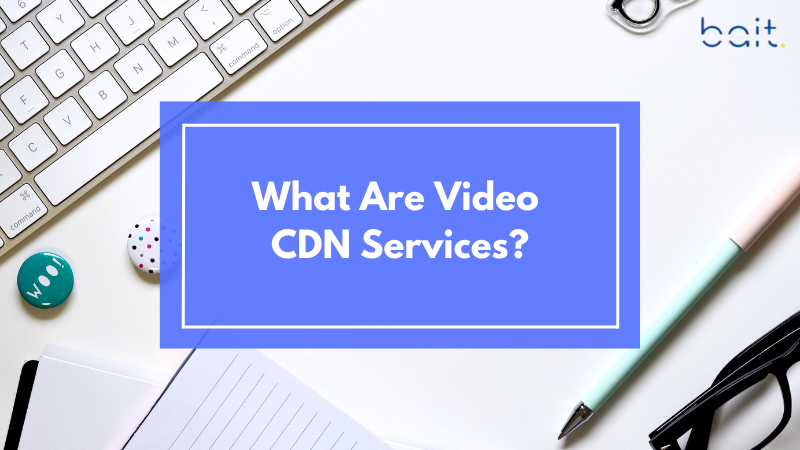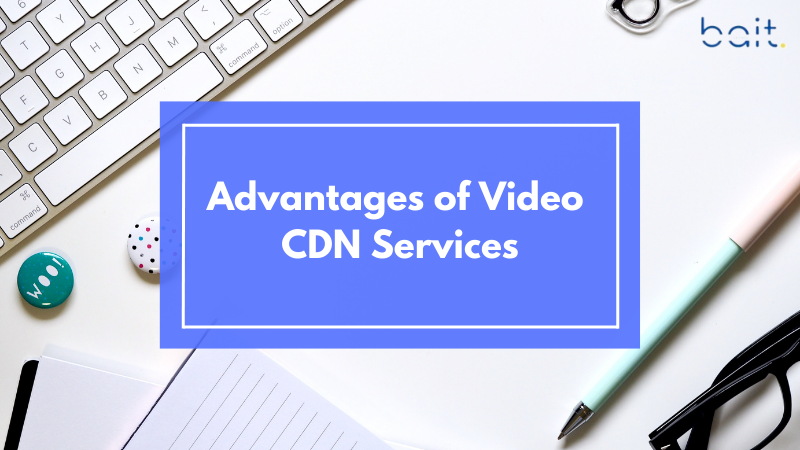As demand for seamless, high-quality video streaming continues to grow, video Content Delivery Networks (CDNs) have become crucial for delivering smooth, fast, and reliable content. Video CDN services optimize video performance by distributing content across a network of servers worldwide. This article delves into what video CDN services are, their benefits, key features, and how they can improve the video streaming experience for users.
What Are Video CDN Services?

A Video Content Delivery Network (CDN) is a system of interconnected servers that work together to deliver video content in the most efficient and reliable way. Video CDNs store cached copies of video content on multiple servers worldwide, ensuring that content is delivered from the server closest to the user. This reduces latency, enhances streaming quality, and ensures that videos load faster, which is particularly important for large-scale live streaming and on-demand video services.
Key Components of Video CDN:
- Edge Servers: Located closer to end-users, these servers ensure faster content delivery.
- Origin Server: The main server where the original video content is stored.
- Caching: A method where video content is temporarily stored on edge servers to minimize load times for repeated requests.
Advantages of Video CDN Services

1. Enhanced Video Streaming Performance
Video CDN services ensure that content is delivered from the nearest server to the user, reducing latency and ensuring minimal buffering. This guarantees that users experience high-quality streaming regardless of their location.
2. Faster Loading Times
By storing cached copies of frequently accessed content on edge servers, video CDNs significantly reduce loading times. Users can access videos almost immediately, eliminating long wait times and buffering delays.
3. Scalability
CDN services offer scalability to meet the fluctuating demands of video streaming, whether it’s catering to a small group or millions of viewers. Video CDNs can handle traffic spikes efficiently, ensuring uninterrupted streaming even during peak hours.
4. Lower Bandwidth Costs
By distributing video content across multiple edge servers, video CDNs reduce the load on the origin server. This helps reduce bandwidth consumption, resulting in cost savings for streaming providers.
5. Improved Video Quality
Video CDNs support adaptive bitrate streaming, which automatically adjusts video quality based on the viewer’s internet speed. This ensures viewers can enjoy HD or 4K content without interruption, even if their network speed fluctuates.
Key Features of Video CDN Services
1. Global Reach
With servers placed worldwide, video CDNs offer global coverage, ensuring high-speed and reliable video delivery, regardless of the user’s location.
2. Real-Time Analytics
Many video CDN services offer real-time analytics to help streaming providers monitor performance. These insights enable quick identification of issues such as buffering, playback quality, and viewer engagement, allowing for prompt resolution.
3. Robust Security
Video CDNs incorporate advanced security features to protect video content and user data. This includes encryption, secure streaming protocols (like HTTPS and RTMPS), Digital Rights Management (DRM), and access controls, ensuring the content is secure during delivery.
4. Load Balancing
To ensure optimal performance during periods of high traffic, video CDNs use load balancing techniques. This distributes incoming traffic evenly across servers, preventing any server from becoming overwhelmed and ensuring consistent streaming quality.
5. Support for Live and On-Demand Streaming
Video CDNs are optimized for both live and on-demand content delivery. For live streaming, CDNs minimize latency and provide real-time video delivery, while for on-demand content, CDNs cache frequently viewed videos for faster access.
Top Video CDN Providers
1. Akamai
Akamai is one of the leading video CDN providers, offering an extensive range of services. With a global network of servers, Akamai ensures low latency and high availability, making it ideal for both live streaming and on-demand video delivery.
2. Cloudflare
Cloudflare offers a powerful video CDN platform with over 200 data centers worldwide. Their CDN ensures high-speed video delivery while providing advanced security features such as DDoS protection and encryption.
3. Amazon CloudFront
Amazon CloudFront, a part of Amazon Web Services (AWS), is a popular CDN provider known for its integration with other AWS services. CloudFront delivers real-time analytics, low latency, and high availability for seamless video streaming.
4. KeyCDN
KeyCDN is a reliable, cost-effective video CDN provider with an easy-to-use interface and fast content delivery. KeyCDN offers scalable video streaming, real-time monitoring, and solid performance, making it a good choice for budget-conscious businesses.
5. Fastly
Fastly is known for its high-performance CDN services that offer low-latency streaming and real-time data analytics. Their edge cloud platform ensures fast video delivery, and their flexible pricing model makes it suitable for both small and large streaming operations.
How to Choose the Right Video CDN Service
When selecting a video CDN provider, it’s important to evaluate several factors:
1. Performance and Speed
Choose a CDN provider with a large number of globally distributed edge servers. This ensures that video content is delivered quickly and efficiently, regardless of where your viewers are located.
2. Scalability
Make sure the CDN can easily scale with your growing audience. It should handle traffic spikes without compromising on video quality or performance.
3. Security Features
Security is a top priority when streaming sensitive or premium content. Look for a CDN provider that offers encryption, secure streaming protocols, and DRM support to safeguard your content.
4. Pricing
Pricing can vary significantly between providers. Choose a video CDN that fits your budget while meeting your performance, security, and scalability needs.
5. Support for Adaptive Bitrate Streaming
Ensure the CDN supports adaptive bitrate streaming to provide a seamless viewing experience, even with fluctuating internet speeds.
Best Practices for Using Video CDN Services
1. Optimize Video Content
Optimize your video files for streaming by using formats like H.264 for video and AAC for audio. This ensures compatibility across devices and reduces bandwidth usage.
2. Monitor Performance
Use real-time analytics to track the performance of your video content. This helps identify issues like buffering or poor playback quality and allows you to take corrective action.
3. Consider Multi-CDN Architecture
To maximize reliability and performance, consider using a multi-CDN strategy, where you integrate services from multiple providers. This ensures your content is always delivered quickly, even if one CDN experiences issues.
4. Use Caching Effectively
Cache video content at edge servers to ensure faster access for users and reduce the load on your origin server, improving overall performance.
Conclusion
Video CDN services are essential for delivering high-quality, seamless video streaming to users around the globe. By optimizing video delivery through distributed servers, CDNs reduce buffering, enhance video quality, and minimize costs. With features like global coverage, robust security, and scalability, video CDNs are an indispensable tool for businesses in the video streaming industry. Whether you’re streaming live events or on-demand content, integrating a video CDN ensures that your platform can meet the high demands of today’s video consumers.
